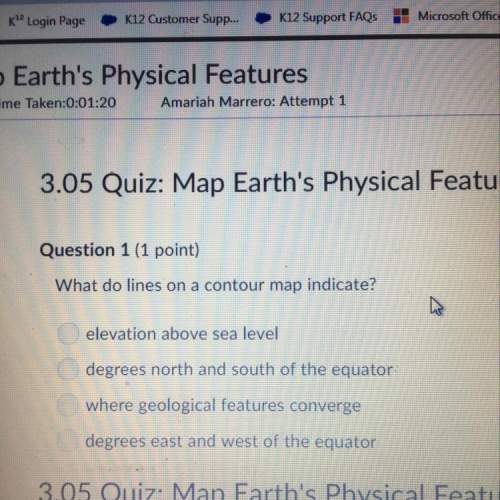
Flue gas from a coal-burning power plant was collected and tested. a) Verify the identity of one of the pollutants in the emissions from the plant using the following data. The gas is 50% sulfur by mass and 50% oxygen my mass. Under the same conditions, He effuses at a rate of 20.0 mL/min while the pollutant effuses at a rate of 5.00 mL/min. You must show all of your work using the data provided in this problem for credit. b) This pollutant is an irritant itself and is involved in the production of acid rain. Therefore, it should not be emitted into the atmosphere. One way to clean up the emissions is to "scrub" them and remove the pollutant by reacting it with hydrated lime, which is a solution of calcium hydroxide (actually more of a slurry than a true solution, but written as "aqueous"). Sulfur reacts with oxygen gas to produce the pollutant identified in part (a). The pollutant is the only product in that reaction. The pollutant gas then reacts with calcium hydroxide and more oxygen gas to produce calcium sulfate and water. Write the equations described in the preceding paragraph and then calculate the mass of calcium hydroxide needed to remove the pollutant gas from the power plant emissions for every 15.00 kg of coal burned, assuming the coal is 3.5% sulfur by mass. c) The calcium sulfate is solid waste that must also be disposed. Calculate the mass of calcium sulfate produced (per 15.00 kg of coal burned).

Answers: 2


Another question on Chemistry

Chemistry, 21.06.2019 23:00
Esign techniques and materials that reduce the negative environmental impact of a structure are referred to as
Answers: 3

Chemistry, 22.06.2019 03:30
In this chemical reaction, 325 grams of barium (ba) react completely. how many moles of lithium (li) are produced?
Answers: 1

Chemistry, 22.06.2019 05:50
What are transitions between a liquid and a solid called? identify which way they are transitioning
Answers: 2

Chemistry, 22.06.2019 08:00
Nconcentration refers to the molar concentration of an ion in solution. it may be identical to, or greater or less than, the molar concentration of the compound containing the ion that was used to make the solution. for soluble salts, the molarity of a particular ion is equal to the molarity of that compound times the subscript for that ion. for example, 1 m of alcl3 is 1 m in al3+ and 3 m in cl−. 1 m of (nh4)2so4 is 2 m in nh4+ and 1 m in so42−. part a what is the concentration of k+ in 0.15 m of k2s? view available hint(s) nothing m m part b if cacl2 is dissolved in water, what can be said about the concentration of the ca2+ ion? view available hint(s) if is dissolved in water, what can be said about the concentration of the ion? it has the same concentration as the cl− ion. its concentration is half that of the cl− ion. its concentration is twice that of the cl− ion. its concentration is one-third that of the cl− ion. part c a scientist wants to make a solution of tribasic sodium phosphate, na3po4, for a laboratory experiment. how many grams of na3po4 will be needed to produce 550 ml of a solution that has a concentration of na+ ions of 0.700 m ? express your answer numerically in grams. view available hint(s) mass of na3po4 n a 3 p o 4 = nothing g provide feedback
Answers: 3
You know the right answer?
Flue gas from a coal-burning power plant was collected and tested. a) Verify the identity of one of...
Questions




History, 04.02.2022 06:40

Mathematics, 04.02.2022 06:40



Social Studies, 04.02.2022 06:50


Mathematics, 04.02.2022 06:50

Mathematics, 04.02.2022 06:50

Mathematics, 04.02.2022 06:50

English, 04.02.2022 06:50

History, 04.02.2022 06:50

Mathematics, 04.02.2022 06:50

Advanced Placement (AP), 04.02.2022 06:50

Advanced Placement (AP), 04.02.2022 06:50

History, 04.02.2022 06:50

Biology, 04.02.2022 06:50

Mathematics, 04.02.2022 06:50




